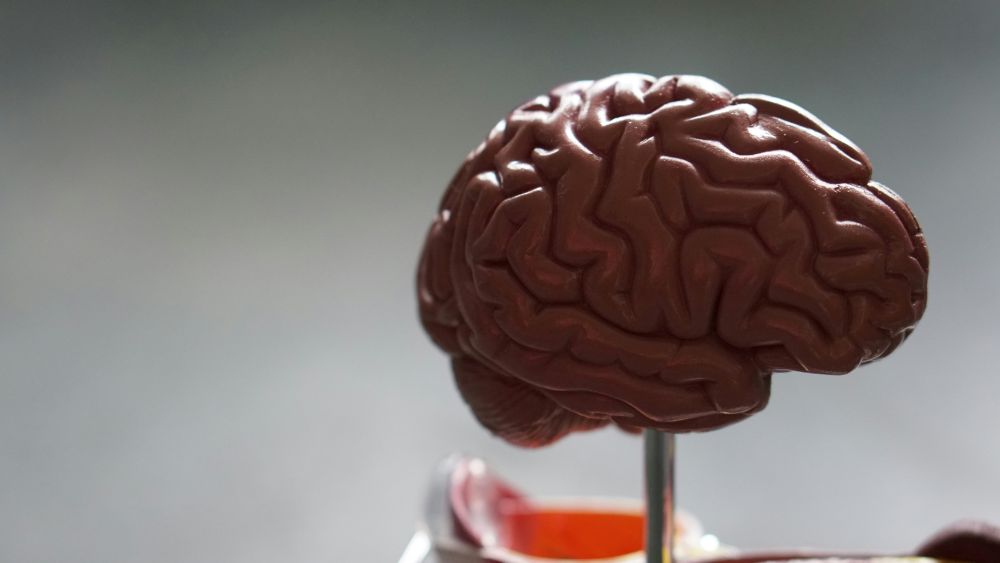Research reveals how D1 and D2 neurons work together to process stimuli, influencing emotional responses.
Researchers have uncovered new insights into how the brain processes both positive and negative experiences, which could improve our understanding of several mental health disorders. The brain constantly reacts to stimuli from our environment, helping us make decisions and respond to situations. When something good happens, we feel an urge to move toward it, and when something bad happens, we tend to shy away from it. This ability to evaluate stimuli is essential for survival. However, the exact way the brain processes these reactions, particularly in a region known as the nucleus accumbens (NAc), has remained unclear.
The NAc plays an important role in determining how we react to different experiences. While there is a general understanding of how certain areas of the brain respond to rewards or punishments, the function of two specific groups of neurons, known as D1 and D2, has not been fully explored. These neurons are found in the NAc and are believed to influence our emotional responses. For a long time, it was assumed that these two neuron groups worked against each other, with D1 neurons linked to positive experiences and D2 neurons to negative ones. However, recent research challenges this idea, showing that both types of neurons work together in response to both positive and negative stimuli.
This new finding came from a study led by Ana João Rodrigues and Carina Soares-Cunha, who, with the support of the BIAL Foundation, observed how these neurons reacted in real-time as mice were exposed to both pleasant and unpleasant situations. Using advanced imaging technology, the researchers were able to track the behavior of hundreds of neurons in the NAc. They discovered that both D1 and D2 neurons were activated when the mice encountered either positive or negative stimuli, though they reacted in different ways.

The research found that these neurons are not in opposition, as was previously thought, but instead complement each other. When the mice learned to associate a stimulus with a reward or punishment, both neuron groups were activated. However, when the associations changed—for example, when a previously negative stimulus lost its harmful consequence—the D2 neurons played a key role in reducing the negative reaction. This suggests that the D2 neurons are important for unlearning negative associations, a process that is vital for mental health.
The ability to modify negative associations is particularly important in understanding conditions like anxiety and post-traumatic stress disorder (PTSD). For example, someone who has experienced trauma may continue to associate certain sounds or situations with fear, even in a safe environment. Understanding how D2 neurons help to “unlearn” these associations could lead to new treatments for such disorders.
This discovery highlights the brain’s remarkable ability to adapt and reclassify external stimuli based on past experiences. The researchers’ findings suggest that the brain does not simply react to stimuli in a fixed way, but rather constantly updates its responses based on new information and changing circumstances. This adaptability is a key part of how we learn and grow from our experiences.
The team’s work also has broader implications for mental health treatment. By better understanding how the brain processes and reclassifies both positive and negative stimuli, researchers may be able to develop more effective therapies for disorders like PTSD and depression. The ability to modify negative associations could help people break free from the grip of trauma and anxiety.
In addition to advancing our understanding of brain function, the study also demonstrates the complexity of the neuronal circuits involved in learning and memory. The results open up new possibilities for research into how the brain processes emotions and how we can intervene to improve mental health outcomes.
This research, conducted in collaboration with experts from Columbia University and the Allen Institute, was co-funded by the European Research Council, the la Caixa Foundation, and the Foundation for Science and Technology. The findings were published in the journal Nature Communications, offering new insights into the brain’s dynamic responses to stimuli. As we continue to explore the brain’s inner workings, these discoveries could pave the way for better treatments for a wide range of mental health conditions.
Sources:
Understanding how the brain processes positive and negative stimuli


Join the conversation!